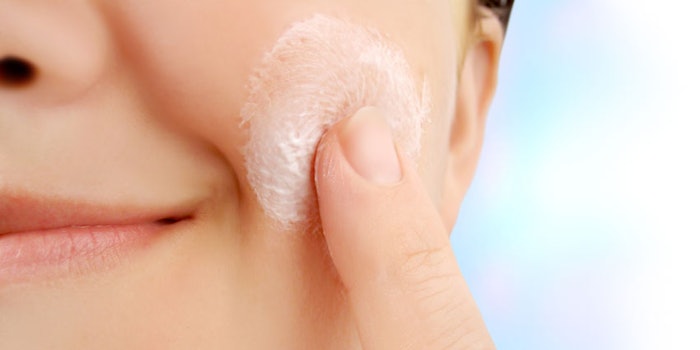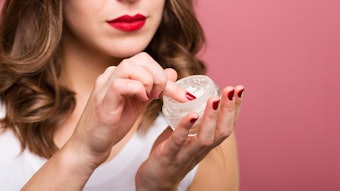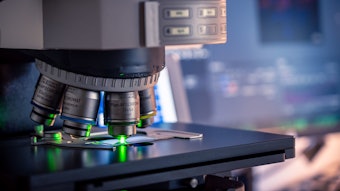
By controlling pH, AOBiome inventors can improve skin barrier function, alter desquamation, prevent inflammation, modulate the microbiome and more. This is achieved via the restoration of ammonia-oxidizing microorganisms to the skin's microbiome. A novel patent application explains.
According to these inventors, the discovery of pathogenic bacteria and the germ theory of disease have had a tremendous effect on health and disease states. Microorganisms are a normal part of the environment of all living things and can be beneficial.
As such, the topical administration of ammonia-oxidizing microorganisms (AOM) was explored here to modulate the pH of skin. This, in turn, could improve the barrier function of skin, alter its desquamation, prevent inflammation and more.
The Literature
Ammonia oxidizing microorganisms for pH modulation
WIPO Patent Application WO/2020/181226
Publication date: Sept. 10, 2020
Assignee: AOBiome, LLC
Specifically disclosed is the administration of an effective amount of a preparation comprising AOM to modulate the pH of the subject. Any AOM, including bacteria (AOB) and archaea (AOA), can be used. Bacteria can utilize ammonia at higher concentrations whereas archaea do at lower concentrations; physiological levels notable are within the range of both. The AOM may generally be autotrophic and/or may generate nitrite and/or nitric oxide from ammonia.
The Effects
Administration may provide for controlling, decreasing or increasing the pH of the subject. The amount and/or frequency of application may be sufficient to improve barrier function, alter desquamation of the stratum comeum, control enzymatic degradation of kallikrein 5 and/or kallikrein 7, prevent induction of an inflammatory response, activate IL- 1 beta and/or control enzymatic degradation of kallikrein 7, change or alter a level of nitrite or NO in the subject, and modulate a microbiome associated with the skin of the subject. Further details on mechanisms within skin and effects of pH are disclosed in the patent application.
Patent application accessed on Sept. 10, 2020.










